Windows to Research: Acrobatic Rats
Adapted from Kleim, J. A., Swan, R. A., Armstrong, K. A., Napper, R. M. A., Jones, T. A., & Greenough, W. T. (1998). Selective synaptic plasticity within the cerebellar cortex following complex motor skill learning. Neurobiology of Learning and Memory, 69, 274-289. *
*The full article is available on-line for
individuals with a
We typically decide whether motor skill learning has taken place by observing performance - - Has Serena learned to put more speed on the tennis ball? Has Jon improved so that he can play the piano exercise with the correct notes and timing ? What changes in the brain might support the motor learning that we observe?
One of the brain structures that supports motor skill learning is the cerebellum. Researchers followed up earlier research findings that indicated that complex motor skill learning - but not motor activity per se - leads to an increase in the number of synapses with Purkinje cells in the cerebellar cortex. Their specific quest was to determine which types of synapses (those with climbing fibers and/or those with parallel fibers) increase with motor-skill learning.
Eighteen adult female rats
(each housed in its own cage) were randomly assigned to one of three conditions:
(1) Acrobatic (AC)
condition. Animals
"ran" a difficult elevated obstacle course that included components
such as rope ladders and narrow beams, five trials per day for 30 consecutive
days. The course required learning coordinated limb and body movements and required motor skill learning.
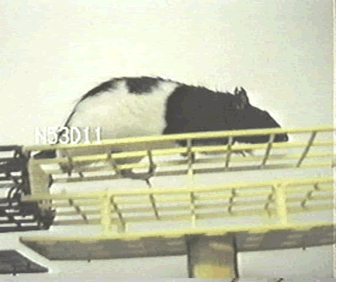
Figure 1. An agile rat in the acrobatic condition
![]()
(2) Voluntary Activity (VX)
condition. Animals did not
run the obstacle course but were permitted to use running wheels in their
cages. Animals were handled briefly every day,
(3) Inactivity (IC) condition. Animals did not run the obstacle
course or have running wheels, but were handled briefly every day.
First the researchers checked to make sure that the rats in the acrobatic conditions leaned to run the obstacle course. They did. The animals had faster finish times and made fewer errors on the course with practice.
At the end of the 30-day experiment, animals were sacrificed. The researchers used quantitative electron microscopy techniques to determine the number of parallel fiber to Purkinje cell synapses and the number of climbing fiber to Purkinje cell synapses (see images below).
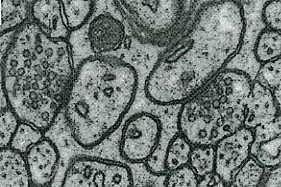
Figure 2. View of climbing fibers in the rat cerebellar cortex
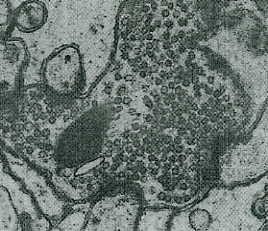
Figure 3. View of parallel fibers in the rat cerebellar cortex
The researchers found that the motor skill learning that occurred for the animals in the Acrobatic condition was associated with specific changes in the cerebellar cortex. The number of parallel fiber to Purkinje cell synapses differed across conditions, F (2, 15) = 5.02, p < .05. Multiple comparisons indicated that the animals in the Acrobatic condition averaged more parallel fiber to Purkinje cell synapses than both the Voluntary-Activity and Inactivity condition groups. The researchers also tested the number of synapses found between climbing fibers and Purkinje cells but did not find statistically significant differences among the Acrobatic condition, Voluntary Activity condition, and Inactivity condition. The figures below show these results.
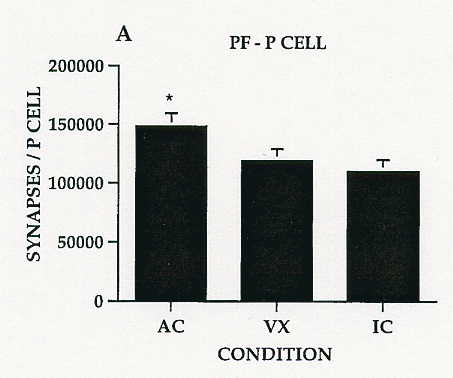
Figure 4. The number of parallel fiber synapses per Purkinje cell
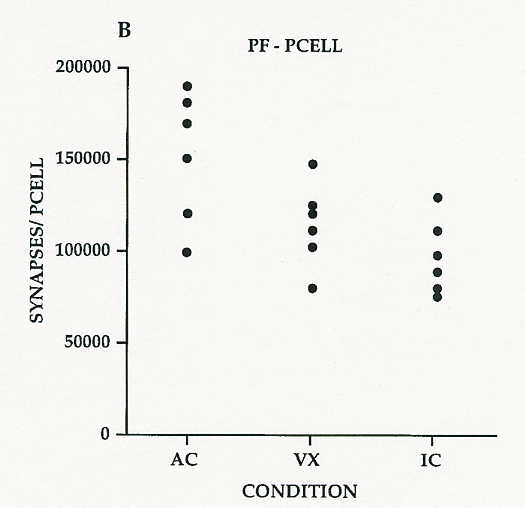
Figure 5. Scatterplot showing individual subject values for number of parallel fiber synapses per Purkinje cell
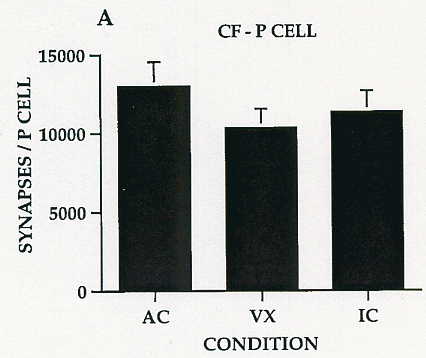
Figure 6. The number of climbing fiber synapses per Purkinje cell
The researchers concluded that the motor skill learning associated with learning to run the obstacle course was associated with an increase in the number of synapses with Purkinje cells in the cerebellar cortex due to an increase in the number of synapses with parallel but not with climbing fibers.
Questions.
1. How did prior research lead the researchers to ask the questions that that they asked ?
2. What is the independent variable in this study ? The dependent variables ?
3. What type of experiment did the researchers conduct ? Here the researcher compared three different conditions (Acrobatic, Voluntary Activity, and Inactivity). The Windows to Research example titled "Do Trauma Victims Experience 'False Memory?'" also compares three different conditions. How do the designs for the two experiments differ ?
4. The researchers handled the rats in the Acrobatic condition as they transported the animals to and from cage and obstacle course. Why did the researcher handle the rats in the Voluntary Activity and Inactive conditions every day ?
5. Was the Voluntary Activity Condition really necessary ? Explain.
6. The researchers recorded the total distance that the rats in the Acrobatic and Voluntary conditions traveled during the 30-day experiment. The Voluntary-Activity condition rats averaged 20.8 km on the exercise wheel. The Acrobatic condition rats averaged .9 km on the obstacle course. Why were these distance measures taken ? Are there other outcomes for the distance measures that would permit alternative explanations that could "cause trouble" for the researchers' conclusion ?